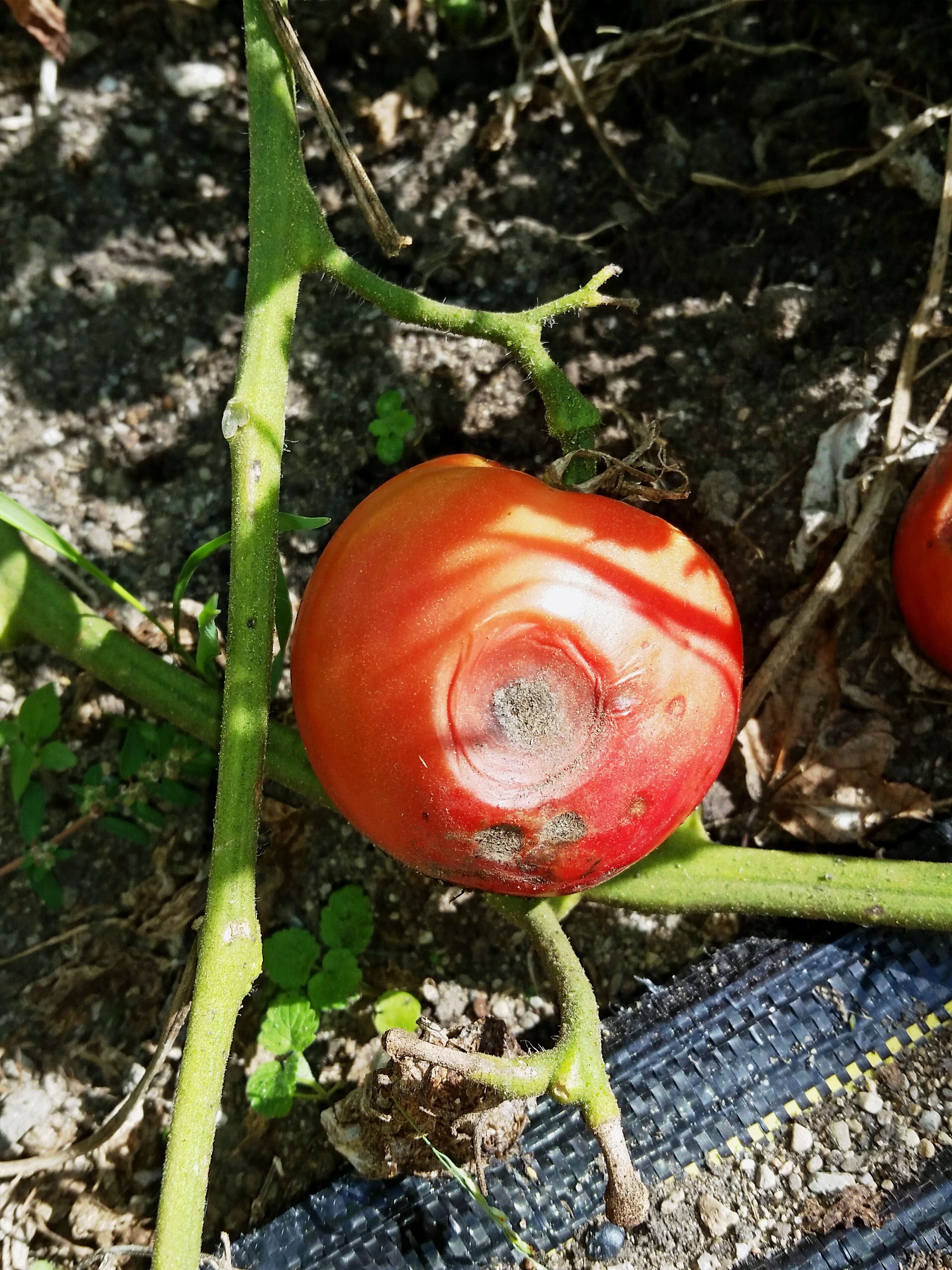Target Spot On Tomato Fruit – Tips On Treating Target Spot On Tomatoes


Also known as early blight, target spot of tomato is a fungal disease that attacks a diverse assortment of plants, including papaya, peppers, snap beans, potatoes, cantaloupe, and squash as well as passionflower and certain ornamentals. Target spot on tomato fruit is difficult to control because the spores, which survive on plant refuse in the soil, are carried over from season to season. Read on to learn how to treat target spot on tomatoes.
Recognizing Target Spot of Tomato
Target spot on tomato fruit is difficult to recognize in the early stages, as the disease resembles several other fungal diseases of tomatoes. However, as diseased tomatoes ripen and turn from green to red, the fruit displays circular spots with concentric, target-like rings and a velvety black, fungal lesion in the center. The “targets” become pitted and larger as the tomato matures.
How to Treat Target Spot on Tomatoes
Target spot tomato treatment requires a multi-pronged approach. The following tips for treating target spot on tomatoes should help:
- Remove old plant debris at the end of the growing season; otherwise, the spores will travel from debris to newly planted tomatoes in the following growing season, thus beginning the disease anew. Dispose of the debris properly and don’t place it on your compost pile unless you’re sure your compost gets hot enough to kill the spores.
- Rotate crops and don’t plant tomatoes in areas where other disease-prone plants have been located in the past year– primarily eggplant, peppers, potatoes or, of course – tomatoes. Rutgers University Extension recommends a three year rotation cycle to reduce soil-borne fungi.
- Pay careful attention to air circulation, as target spot of tomato thrives in humid conditions. Grow the plants in full sunlight. Be sure the plants aren’t crowded and that each tomato has plenty of air circulation. Cage or stake tomato plants to keep the plants above the soil.
- Water tomato plants in the morning so the leaves have time to dry. Water at the base of the plant or use a soaker hose or drip system to keep the leaves dry. Apply a mulch to keep the fruit from coming in direct contact with the soil. Limit mulch to 3 inches (8 cm.) or less if your plants are bothered by slugs or snails.
You can also apply fungal spray as a preventive measure early in the season or as soon as the disease is noticed.
Gardening tips, videos, info and more delivered right to your inbox!
Sign up for the Gardening Know How newsletter today and receive a free copy of our e-book "How to Grow Delicious Tomatoes".

A Credentialed Garden Writer, Mary H. Dyer was with Gardening Know How in the very beginning, publishing articles as early as 2007.
-
 Create A Romantic Garden Straight Out Of Bridgerton: Regency Era Romance In Your Garden
Create A Romantic Garden Straight Out Of Bridgerton: Regency Era Romance In Your GardenTry some romantic garden ideas straight out of Bridgerton. Flowers and gardens in the Regency era were lush and charming and you can get the same look!
By Bonnie L. Grant
-
 Moody Blooms For Spring: 8 Types Of Black Flowers To Add Drama To Spring Displays
Moody Blooms For Spring: 8 Types Of Black Flowers To Add Drama To Spring DisplaysFrom midnight burgundies to inky violets, several types of black flowers can enrich and embolden a spring display. Try these brooding bloomers for a moody garden
By Tonya Barnett